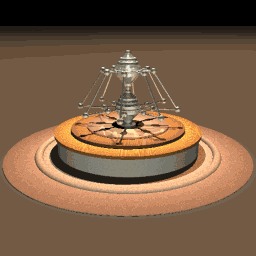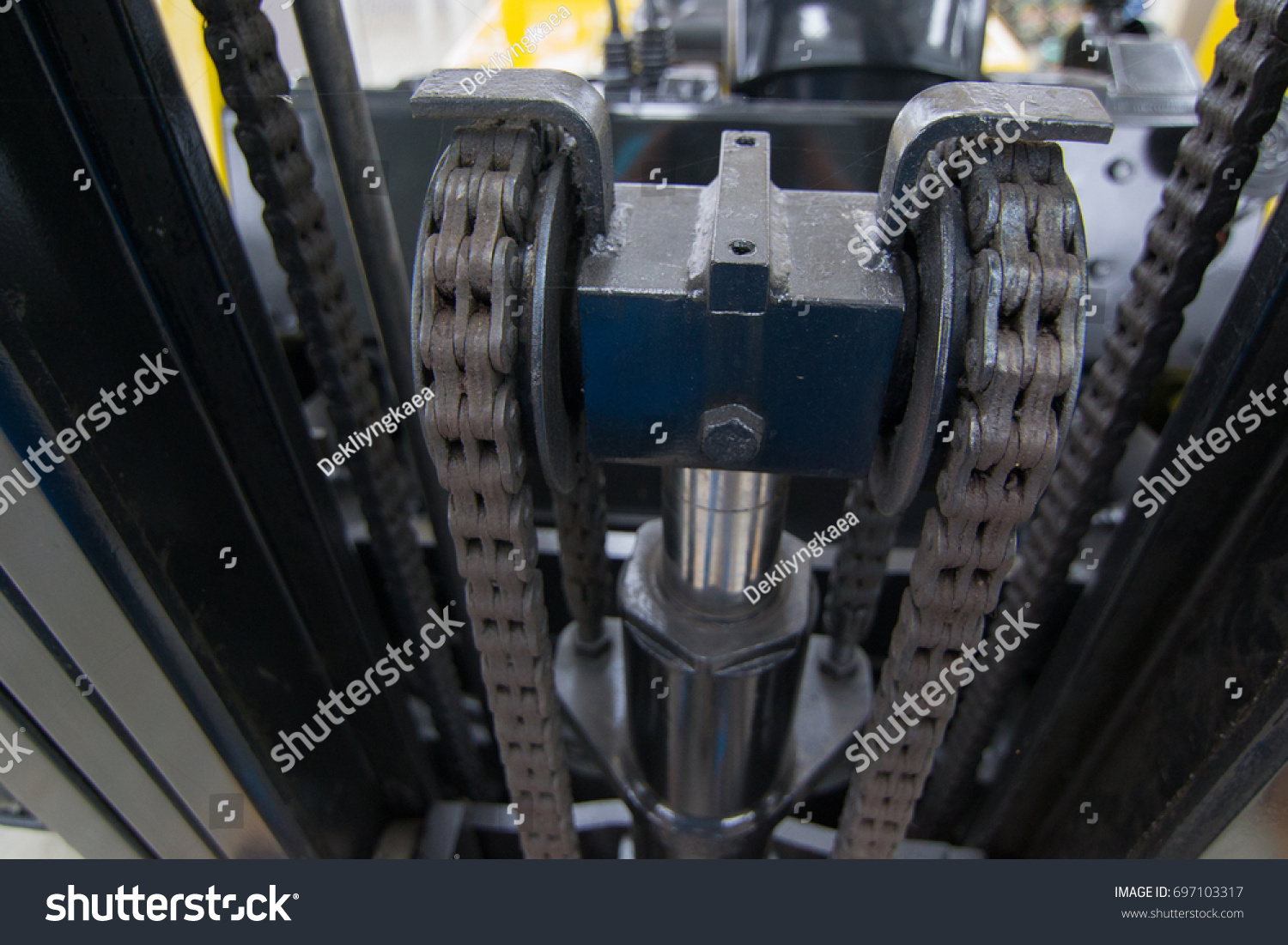Stantone Mechanical Handling Limited have been one of the UK’s leading independent materials handling solutions provider in Northamptonshire for over 55 years. We have a friendly approachable team who can help you with your materials handling, training, parts and service requirements.
Countrywide Forklifts & Mechanical Handling Ltd

Elevating and Rotating Equipment This type of equipment includes vehicles that elevate and rotate, such as articulating and elevator type aerial lifts, as well as knuckle booms and digger derricks, or line trucks when used to dig holes and set poles and related equipment. Cranes Cranes lift, lower, and horizontally suspend a load. The Mechanical forklift works on Semi-Electric techniques. In this transfer the power from one form into another form using mechanical as well as electric components. The project works on technique of Transfer rotational motion into Linear motion. For this purpose D.C. Motor (12V, 2.5A) are used. HFT Forklifts Ltd Mechanical or Industrial Engineering. Hereford, Herefordshire. Linde Material Handling. Linde Material Handling Machinery. AITT Logistics and Supply Chain.
Linemen operating mechanical equipment have the potential for numerous hazards, and to protect workers, the Occupational Safety & Health Administration (OSHA) has established standards that govern the use of equipment such as lifts, cranes, derricks, industrial tractors, loaders, and forklifts.
There are various types of vehicles and devices that electric utility workers use. Let’s run through and identify a few of these machines.
Types of Mechanical Equipment
Elevating and Rotating Equipment
This type of equipment includes vehicles that elevate and rotate, such as articulating and elevator type aerial lifts, as well as knuckle booms and digger derricks, or line trucks when used to dig holes and set poles and related equipment.
Cranes
Cranes lift, lower, and horizontally suspend a load.
Rubber Tire and Track Drive
These types of vehicles move earth and are agricultural or industrial scrapers, front-end loaders, and dozers. The electrical industry uses them in the construction of substations and for clearing right-of-ways for power lines.
Mechanical Forklifts For Sale
Forklifts
All-terrain forklifts are the type most frequently used by utilities. These are heavy forklifts with large all-terrain tires, designed to operate outdoors over rough surfaces and terrains.
Using Outriggers
Many electrical industry vehicles are equipped with outriggers. These are extendable legs that provide additional stability for the unit. If you’re operating a vehicle that has outriggers, always use them—the additional stability they provide is really essential for safe operation on uneven planes in outdoor environments. If necessary, supplement outrigger pads with wood cribbing or heavy hardwood beams to accommodate sloping ground. When inspecting pads after installation, keep this rule in mind: if the pads sink, then they’re not wide enough, and if the pads bend, they are not thick enough.
Every lift—manual or using equipment—requires a planned approach that involves a careful calibration of the weight and balance of the load and the stability and capacity of the lifting mechanism.
Examples of mechanical equipment requiring rollover protection:
Rubber-tired, self-propelled scrapers
Rubber-tired, front-end loaders and dozers
Agricultural and industrial tractors
Track-drive tractors and loaders
Motor graders with or without attachments
OSHA’s Powered Industrial Truck Standard

Forklifts come under OSHA’s Powered Industrial Truck Standard. The standard requires employers to train and certify forklift operators on the specific type of forklift they will operate, evaluate the operator’s performance, and certify that the operator has received formal instruction and practical training
Training includes:
Netflix for apple mac. Equipment inspection
Familiarity with controls
Stability of forklift during operation
Securing a load
Balance and rules of operation
Who Is Responsible
The controlling entity has the responsibility to ensure that ground preparations meet OSHA standard, and to inform the equipment operator of the location of hazards under the set-up area. If there is no controlling entity—for example, a utility right of way—the crew supervisors and the crane operator have the responsibility for the ground stability assessment.
How To Protect Workers


A qualified person should be in charge of ensuring that employees observe and use the appropriate protective measures.
Employees should use equipment grounding, equipotential zones, insulating equipment, and restricted work areas.
Linemen require training, so that they understand the methods and protection, and realize that each one has boundaries of effectiveness.
